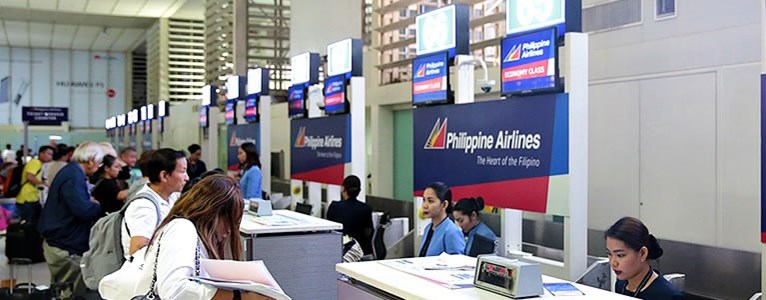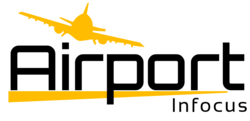The Manila International Airport Authority (MIAA) today announced the selection of SITA technology as it takes the first steps to transform Ninoy Aquino International Airport (NAIA) to be among the leading airports supporting IATA’s Fast Travel program. The airport is the main international gateway to the Philippines with more than 37 million passengers and serves as a hub for the country’s major carriers.

The agreement includes the implementation of the most up-to-date airport common-use technologies at Terminals 1 and 2 for fast check-in and bag drop, along with new bag tracking. SITA’s systems, which are used at the world’s top airports, are set to significantly boost ongoing efforts to improve the passenger experience at NAIA.
In this first stage of NAIA’s transformation, SITA will completely overhaul the passenger processing systems in Terminal 1 and 2 putting its next-generation technology SITA AirportConnect Open in place. This will be the platform for NAIA’s next phase of transformation over the coming months, allowing the airport to introduce common-use self-service kiosks, self-bag drop and self-boarding gates.
In addition, a new local departure control system (LDCS) will be implemented. This is the first time an LDCS will be available in Manila and it will provide vital back up to the airlines in cases of disruption of their systems.
Ed Monreal, General Manager, Manila International Airport Authority, said: “Our aim is to improve the airport experience for passengers at Ninoy Aquino International Airport. SITA’s next-generation technology allows the airlines to offer fast and efficient service in Terminals 1 and 2 and its baggage reconciliation system will also ensure bags are electronically tracked until aircraft loading, reducing passenger inconvenience of mishandled bags.
“We are starting with shared airport systems and as we progress in our transformation we plan to introduce self-service technology such as check-in kiosks, bag drop and possibly self-boarding. The airlines have committed to test these self-service systems in the coming months as we work together to alleviate the peak season passenger surge.”
MIAA’s strategic transformation of the two terminals is in line with international standards set by IATA in the Fast Travel program. This program addresses the future of travel and provides more choice and more control for passengers while lowering costs for the industry. It includes self-service options in six areas of a passenger’s airport journey to increase airport efficiency and deliver a better travel experience for the customer.
As part of its strategy to manage the balance between continuous passenger flow and stringent security measures, the MIAA is also evaluating systems which allow security agents to quickly and efficiently validate passengers’ paper and mobile bar-coded boarding passes. These will support the transformation and better facilitate the flow of passengers through airport security.
Ilya Gutlin, President, SITA APAC, said: “This is an exciting time for the air transport industry in the Philippines. Passenger traffic is growing and there is a clear commitment from the authorities to transform the passenger experience at Ninoy Aquino International Airport. SITA’s world-class technology will replace legacy systems at NAIA and underpin that transformation. It will provide the opportunity for a better passenger experience at every step of the journey while enabling efficient airport operations.”
Manila’s passengers are set to enjoy a world-class airport experience. They can expect faster check-in, better baggage management and a smoother journey through NAIA’s Terminals 1 and 2 as the new SITA technology is rolled out over the coming months.











